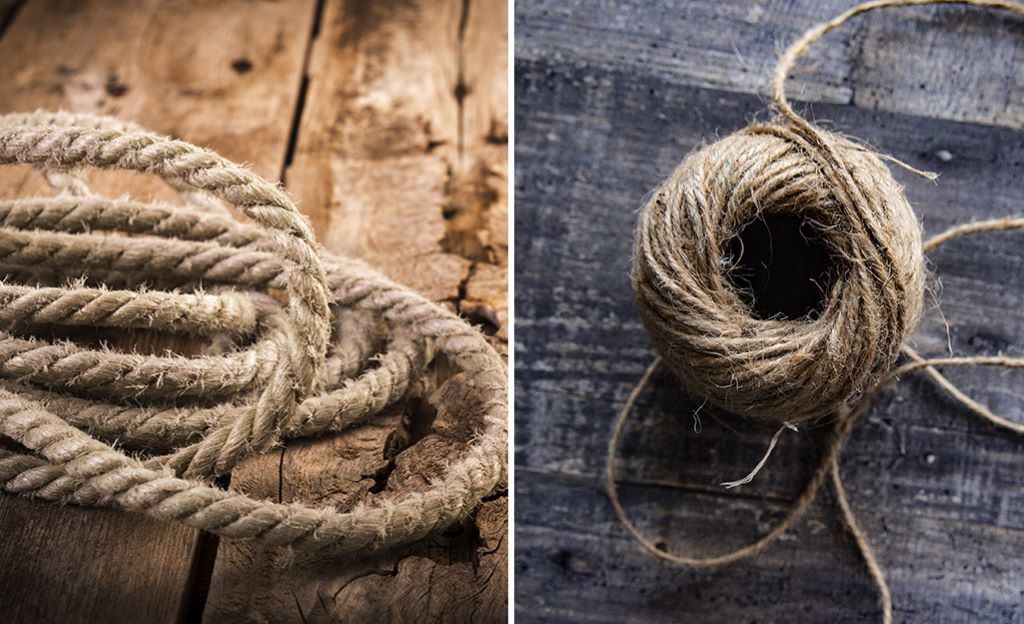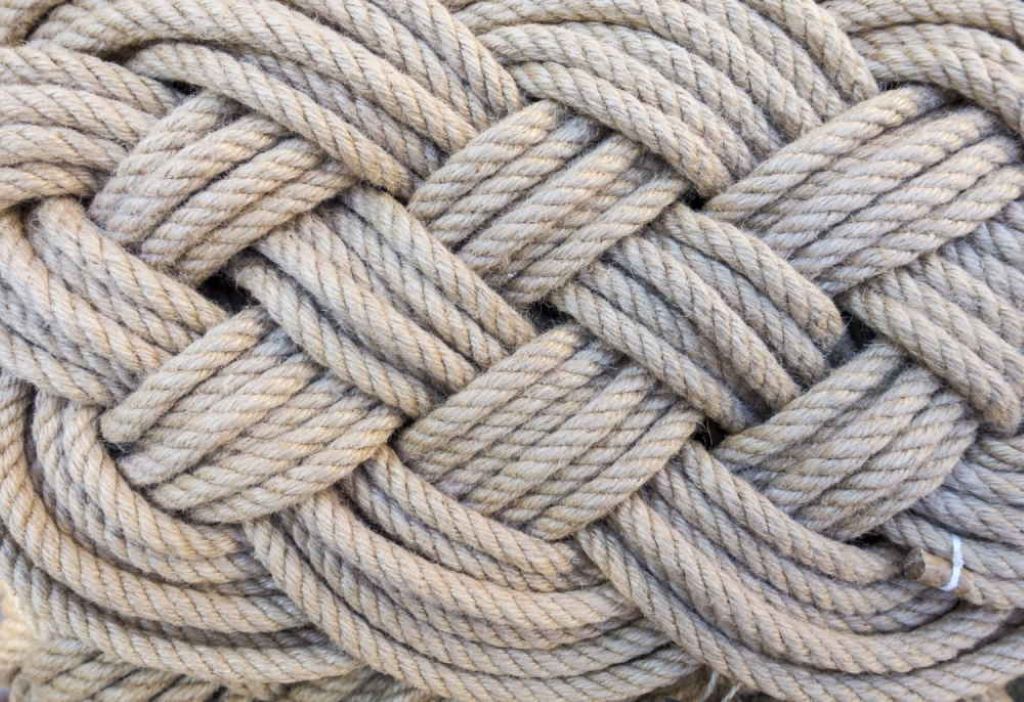Have you ever stopped to consider the many applications of ropes? Despite their humble appearance, ropes play a crucial role in a variety of activities, from boating to mountaineering, and even in our everyday routines. And when it comes to keeping the rope secure, many people turn to nylon rope clamps as their top choice. These small but effective devices are the perfect solution for keeping your rope in place.
In this deep dive, we’re going to explore the fascinating world of rope fabrics. We’ll uncover the pros and cons of various materials, discuss their ideal applications, and arm you with the knowledge to choose the perfect rope for your needs. So, grab a metaphorical rope and let’s start unraveling this subject!
Natural Fibers – Back to Basics
Let’s begin our journey with a visit to the roots of rope-making – natural fibers. These have been used for centuries to craft ropes, and they offer a unique set of characteristics.
Manila
Manila is a natural fiber derived from the abaca plant, native to the Philippines. It’s known for its excellent strength, durability, and resistance to abrasion. A Manila rope has a rough texture, providing a good grip, making it ideal for applications like construction, tug-of-war, and even as a decorative element.
However, Manila ropes are not the best choice for use in wet conditions, as they tend to deteriorate when exposed to moisture over time.
Hemp
Hemp ropes are crafted from the fibers of the hemp plant, known for its versatility. Hemp ropes are strong, durable, and resistant to UV radiation. They were once the preferred choice for maritime use, as they resisted saltwater damage well.
While hemp ropes have many advantages, they do have a tendency to shrink and become stiff when wet. This can affect their handling characteristics, making them less suitable for some applications.
Cotton
Cotton ropes, made from natural cotton fibers, are soft to the touch and easy to handle. They find common use in applications like theater rigging, where a soft feel is important. Cotton ropes are also commonly used in crafts and decorative purposes.
However, cotton ropes lack the strength and durability of other natural fibers, making them less suitable for heavy-duty tasks.
The Advent of Synthetics
As technology advanced, so did the materials available for making ropes. Synthetic fibers brought a whole new level of versatility and performance to the table.
Nylon
Nylon ropes are incredibly strong, with excellent resistance to abrasion and UV radiation. They also have good shock-absorbing properties, making them ideal for dynamic loads. Nylon ropes are commonly used in applications like climbing, towing, and marine environments.
However, nylon ropes can absorb water, which can weaken them over time. They also tend to stretch, which can be a disadvantage in some situations.
Polyester
Polyester ropes are known for their low stretch, high strength, and resistance to UV radiation. They are widely used in sailing, where minimal stretch is crucial for performance. Polyester ropes are also great for applications like rescue operations and industrial rigging.
On the downside, polyester ropes have poor resistance to abrasion when compared to some other synthetics.
Polypropylene
Polypropylene ropes are lightweight, float on water, and are resistant to moisture, chemicals, and UV radiation. These qualities make them suitable for use in water-related activities, such as boating and water sports. They are also used in construction and general-purpose situations where a low-cost, lightweight rope is required.
However, polypropylene ropes have relatively low strength and can degrade under prolonged exposure to sunlight.
Dyneema (UHMWPE)
Dyneema, made from ultra-high molecular weight polyethylene (UHMWPE), is one of the strongest synthetic fibers on the planet. It has an incredible strength-to-weight ratio, making it perfect for applications where weight matters, such as backpacking and high-performance sailing.
The main drawback of Dyneema ropes is their high cost. They are also less resistant to UV radiation compared to some other synthetics.
Making the Right Choice
Now that you know about the different types of rope materials, you might be wondering: how do I choose the right one for my needs? Well, it all boils down to the specific requirements of your task.
Consider the Strength
First and foremost, consider the strength requirements of your rope. Are you using it for heavy-duty tasks like lifting or towing, or is it for more lightweight purposes like crafting or decoration? Each material has a different strength profile, so choose accordingly.
Think About Durability
Durability matters, especially if your rope will be exposed to the elements or rough conditions. Synthetic ropes like nylon and polyester tend to outperform natural fibers in terms of durability.
Assess Resistance
Will your rope be exposed to moisture, UV radiation, or chemicals? These factors can significantly impact a rope’s lifespan. Synthetic ropes generally fare better in such conditions, with polypropylene being an exception, as it’s sensitive to UV radiation.
Evaluate Stretch
Stretch can be an advantage or disadvantage, depending on your application. For applications where minimal stretch is crucial, like climbing or rigging, go for low-stretch ropes like polyester or Dyneema. For shock-absorbing purposes, nylon is a good choice due to its elasticity.
Budget Considerations
Budget is often a determining factor. While Dyneema may be the Rolls Royce of rope materials, it comes at a premium price. Consider your budget and look for materials that meet your needs without breaking the bank.
FAQs
Let’s tackle some common questions that might still be lingering in your mind.
1: Which rope material is best for climbing?
The best rope material for climbing is typically nylon. It offers the right balance of strength, stretch, and durability for this demanding activity.
2: Can I use a natural fiber rope for boating?
While it’s possible to use natural fiber ropes like Manila for boating, it’s not the best choice. Natural fibers can weaken when exposed to moisture, and they tend to shrink when wet, affecting their performance.
3: Are there eco-friendly rope options?
Yes, natural fiber ropes like hemp and jute are considered more environmentally friendly because they are biodegradable. However, synthetic ropes can last longer, potentially offsetting their environmental impact.
4: What’s the most versatile rope material?
Nylon is often considered the most versatile rope material due to its combination of strength, stretch, and durability. It’s used in a wide range of applications, from climbing to towing.
5: Can I use any rope for arts and crafts?
For arts and crafts, softer ropes like cotton are often preferred due to their pleasant texture and ease of handling. However, the choice ultimately depends on the specific project and its requirements.
Conclusion
So, what’s the best fabric for rope? It turns out there’s no one-size-fits-all answer. The choice of rope material depends on your unique needs and circumstances. Whether you’re scaling a mountain, securing a boat, or crafting a masterpiece, there’s a rope out there perfectly suited to the task.
Remember to consider factors like strength, durability, resistance, and budget when making your choice. And with the knowledge you’ve gained here, you’ll be well-equipped to tackle any roping challenge that comes your way.
So, go ahead, pick the perfect rope, and let it be your trusty sidekick in whatever adventure life throws at you. After all, life is a bit like a rope; you never know where it might lead you next.

